Monsters – whether they are vampires, werewolves or mummies– have always been a tough sell for me, despite the fact that these supernatural creatures have long been associated with the broad tent of geek culture. While some people love the rush they get when they’re frightened by a bloodthirsty creature that goes bump in the night, I’ll readily admit without an ounce of shame or embarrassment, that I startle easily and monster and horror movies on the whole make me squeamish. Additionally, I’ve always associated the monster medium with a certain low budget cheapness and creators who are angling more to shock their audience rather than tell thought-provoking stories.
In fact, my aversion to monsters is one of the main reasons I gravitated towards the superhero medium. Superhero comics seemed bigger and broader by comparison, focusing on larger stories of good versus evil. In Spider-Man’s world, monstrous characters like the Hulk or the Lizard often had well-developed back-stories that would trigger an emotional response from me. Superheroes and their supervillain counterparts made the stakes feel higher and my imagination run wilder than any movie or story featuring a pasty-faced guy who lived in a castle and wanted to suck your blood.
But I can’t put the comic book medium on such a pedestal without at least acknowledging the early-1970s when a surge of true-blooded monster characters appeared in the pages of superhero magazines, or starred in their very own titles. With the Comic Code Authority relaxing its restriction on the use of these characters, no hero was immune from the trashy pulp influences of vampires or werewolves, even my all-time favorite Spider-Man. It’s just another reason why the Bronze Age era of Spider-Man may be my least favorite for the character – including the much-reviled “Chromium Era” of the 1990s.
I thought in honor of Halloween – which, to the shock of no one who’s read the first three paragraphs of my post, is one of my least favorite holidays of the year – I would run through some of Spider-Man’s more famous (or infamous) monster confrontations from the Bronze Age. Perhaps this literary stroll down memory lane will soften my stance on the monster medium … though I wouldn’t count on it!
Morbius the Living Vampire
Created by Roy Thomas and Gil Kane in Amazing Spider-Man #101, Morbius is probably the most famous monster-inspired creature to originate in a Spider-Man series. Despite first appearing immediately after the Comic Code lifted its monster ban in 1971, Thomas and Kane were careful to tap-dance on the line of “decency,” having Dr. Michael Morbius become a “living” vampire through science, rather than supernatural methods.
Morbius actually has a somewhat compelling backstory – a Nobel prizing winning scientist who goes to extraordinary (and unethical?) lengths to cure himself of a rare blood disease via an experiment that combined vampire bats and shock treatment. Sure, Marvel had a miles-long conga line full of stories of super-powered heroes and villains created from scientific experimentation gone awry, but I’ve always been intrigued by the fact that Morbius was an intellectual superior to Peter Parker/Spider-Man.
Unfortunately, Morbius’ characterization has never been all that consistent, especially in his interactions with Spider-Man. While the two were adversaries in the ASM #101-102, Morbius was still a generally sympathetic character because like Curt Connors and his Lizard alter ego, he was a decent, intelligent man prior to becoming a monster. But in Morbius’ second major Spider-Man story in Marvel Team-Up #3-4, the character is more bloodthirsty and vengeful, picking off innocent passer-bys and changing them into vampires against their will (a superpower he apparently picked up between his first and second appearances).
While he was still seeking a “cure” for his condition, Morbius definitely evolved into a more generic monster villain, before Marvel made an effort to make him more of the “tweener” character he is today – including aligning with Spider-Man to take on Carnage in the “Maximum Carnage” arc, even though he really had no reason to join that fight (though he did have a solo series that had launched a few months earlier that I bet Marvel was looking to push … hmmm…).
Despite being a byproduct of the Bronze Age monster-mania, Morbius is still kicking out there in the Marvel universe all these years later. I was less than inspired when he appeared in the lackluster “No Turning Back” arc last year (in a blatant attempt by Marvel to cash-in on the Lizard’s featured role in the Amazing Spider-Man movie), and the ongoing Morbius series that was launched (and cancelled) earlier this year was absolutely dreadful, but the character clearly has his supporters out there. As such, while he’s far from one of my favorite adversaries for Spider-Man, he’s somebody I’ve come to tolerate and accept as part of Spidey’s universe.
Man-Wolf
I received a reader comment via Twitter after my Spider-Man “Top 10 Bronze Age Bums” list ran on Longbox Graveyard a few months back asking me about how I omitted Man-Wolf from my countdown. I instinctively defended my list and justified Man-Wolf’s exclusion by claiming the character was “better” than the 10 I chose because the character kicked around until the late 1990s, whereas others like Cyclone, Mindworm and Grizzly disappeared from the Marvel universe soon after their inaugural appearances (though to be fair to the reader, he was specifically arguing that Man-Wolf earned a spot on my list over Swarm – a Nazi made out of bees).
Long story short, if I could do the list over, I don’t know if Man-Wolf would make the cut, but I absolutely understand the reader’s argument, as he’s a pretty lackluster villain and a prime example of how Marvel ruined a potentially cool concept – John Jameson, son of Spider-Man’s most persistent antagonist, J. Jonah Jameson, becoming a supervillain – by saddling the character with a cheap monster gimmick. Also, Gerry Conway and Kane, who created Man-Wolf in Amazing Spider-Man #124, outfitted the character in a tacky yellow jumpsuit, which is explained away as a costume Jameson dons in a failed attempt to reverse his transformations into a werewolf.
What makes Man-Wolf such a groaner is that he’s yet another Bronze Age villain that was pushed more on gimmick instead of character. In Jameson, Marvel had a character with a long history with Spider-Man (he is rescued by Spidey in Amazing Spider-Man’s very first issue in 1963) and obviously his father, Jonah, is one of the most iconic individuals in the comic book universe. But rather than do something interesting with the character, they give him a radioactive moon rock that changes him into a werewolf and … that’s about it.
Not to be glib, but what’s this character’s motivation? What makes him a villain? Or are we only supposed to sympathize with him because we know he’s a “normal” person when not in wolf form and thus can’t be held responsible for his actions as a monster? Again, this is why the monster medium is generally unappealing to me, especially as it traverses the comic book world. What are the stakes involved when Spider-Man faces off against Man-Wolf besides the fact that Spidey just wants to do some good? Writers have always tried to leverage John’s relationship with his father as a point of tension, but does anybody out there really think Marvel would employ a werewolf to kill off a character as huge as Jonah – even if the wolf in question is Jonah’s son?
Frankenstein’s Monster
OK, so I’m conflicted about this story. For one, I didn’t even realize that Marvel had adapted Mary Shelley’s Frankenstein Monster (and based the look on the classic Boris Karloff film) for its horror comics in the 1970s, and was even more shocked when I was reading through some old copies of Marvel Team-Up and saw that Spider-Man had actually partnered with the monster for a two-part arc (that also featured the Man-Wolf).
Written by Conway, with pencils by Sal Buscema, Marvel Team-Up #36-37 is an absolutely absurd story and a clash of tonal styles involving a mad scientist trying to take over the world with “super” monsters, and S.H.I.E.L.D. agents aligning with Spider-Man to stop him. We get crazy visuals like the straight out of a black-and-white monster movie splash page of Spider-Man and Frankenstein’s Monster strapped to a table and when I read the arc, I was half expecting somebody to yell out “It’s allllive!!!!” all dramatically.
As quirky and campy as the story may be, it certainly doesn’t “feel” like a superhero story, and certainly not a Spider-Man story, but as the Spidey “B” title, Marvel Team-Up could certainly get away with a story like this.
All the same, Conway develops a compelling narrative in this arc vis a vis Spider-Man and the monster. Once the S.H.I.E.L.D. agent shows up to take down the mad scientist, she invites Spider-Man along for the fun but rejects the Frankenstein Monster because he isn’t stealthy enough. So in a fascinating turnaround that bucks the series’ tradition, Spider-Man is NOT the outcast and instead it’s his “team-up” partner who is left feeling like a lesser hero.
Of course, Conway actually had a phenomenally-written literary figure in Shelley’s heartbreaking monster to base this characterization on, so you can’t give him too much credit for reinventing the wheel. All the same, the sympathy Conway crafts for the monster turns pulpy drivel into a surprisingly engaging piece. Of the numerous stories I refer to in this post, I still rank the Morbius ASM #101-102 arc ahead of Marvel Team-Up #36-37, but it’s always nice to pick up a comic that looks otherwise terrible and actually find some merit in it.
Meanwhile, finding some joy in unexpected places, doesn’t change the fact that I’m relieved that outside of the occasional Morbius appearance in Amazing Spider-Man, the comic book universe is well past its Bronze Age monster mania. If you’re a big monster mag fan who loves these stories, more power to you. And of course … Happy Halloween!

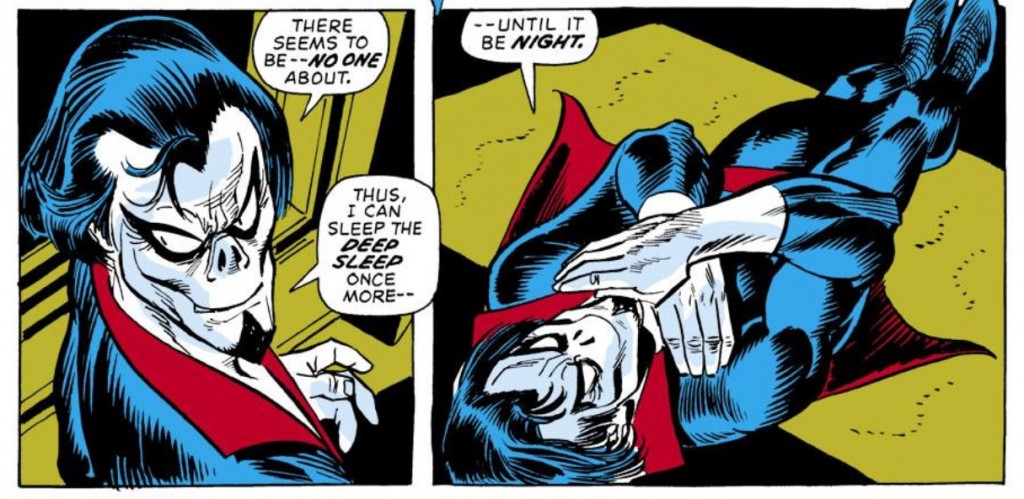
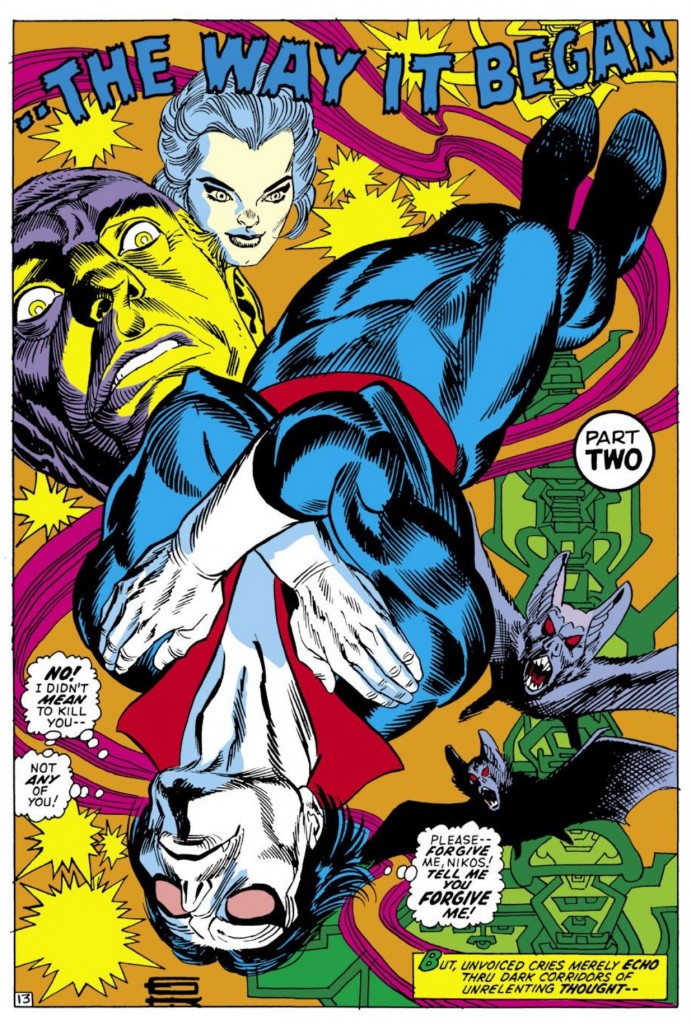
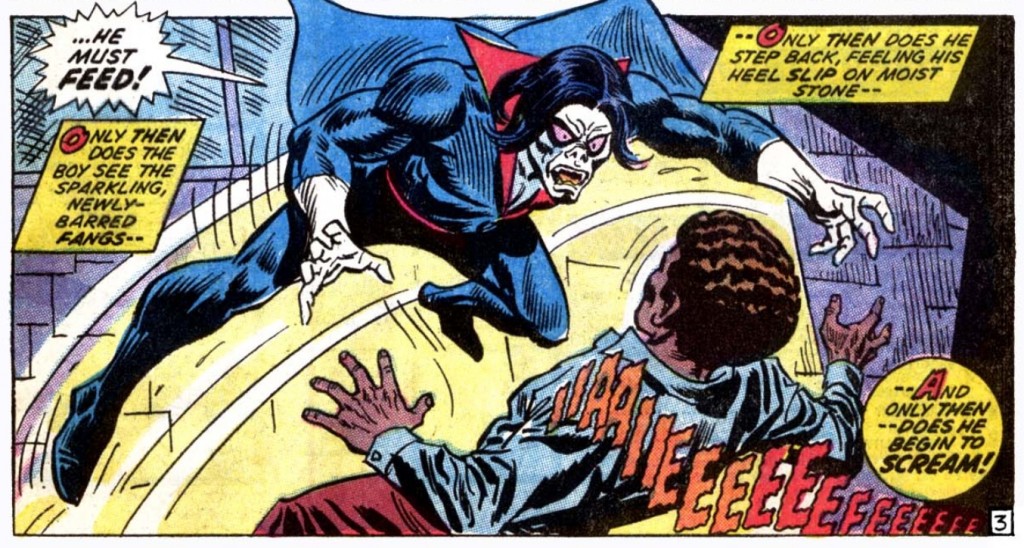
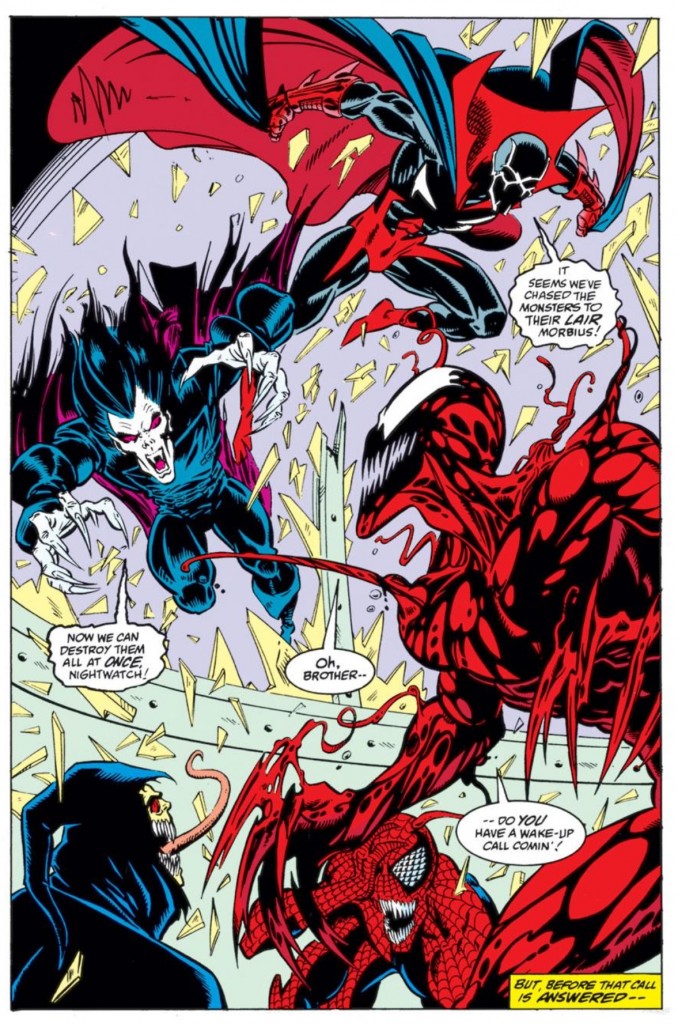
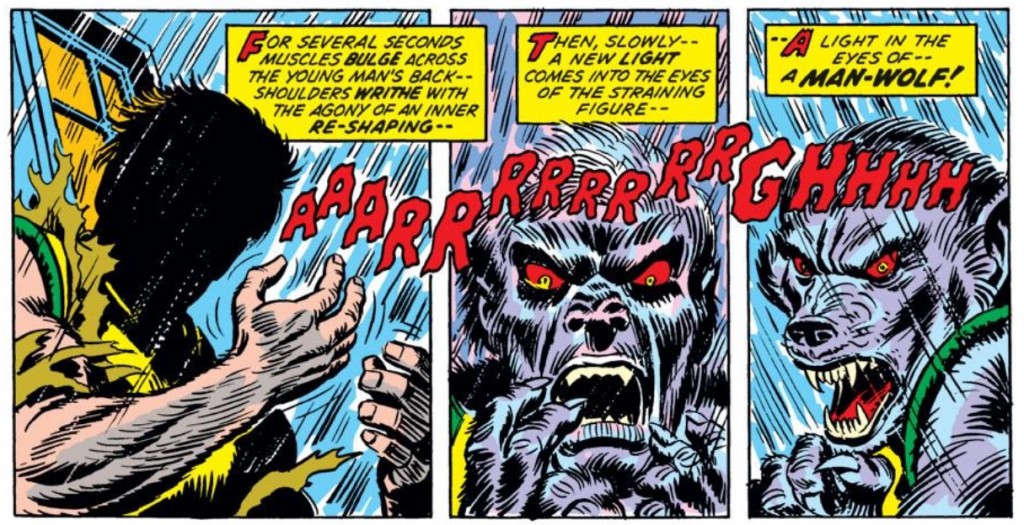
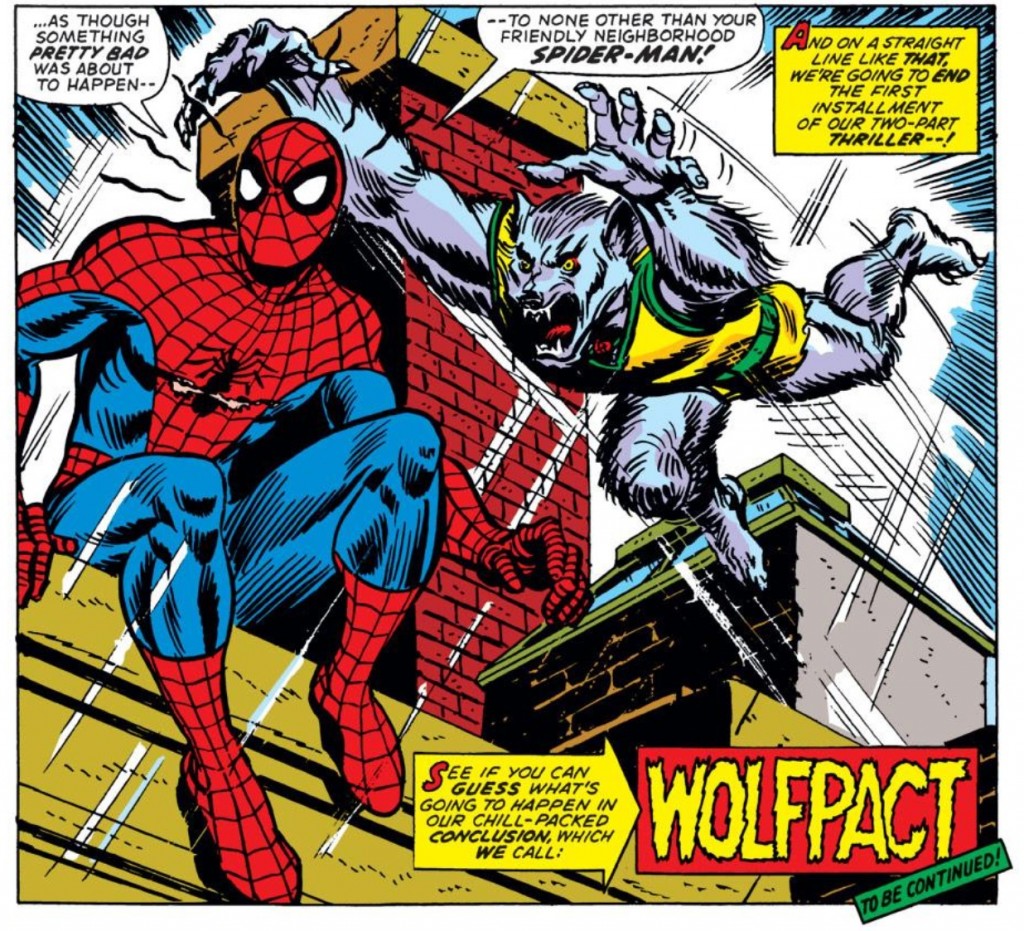
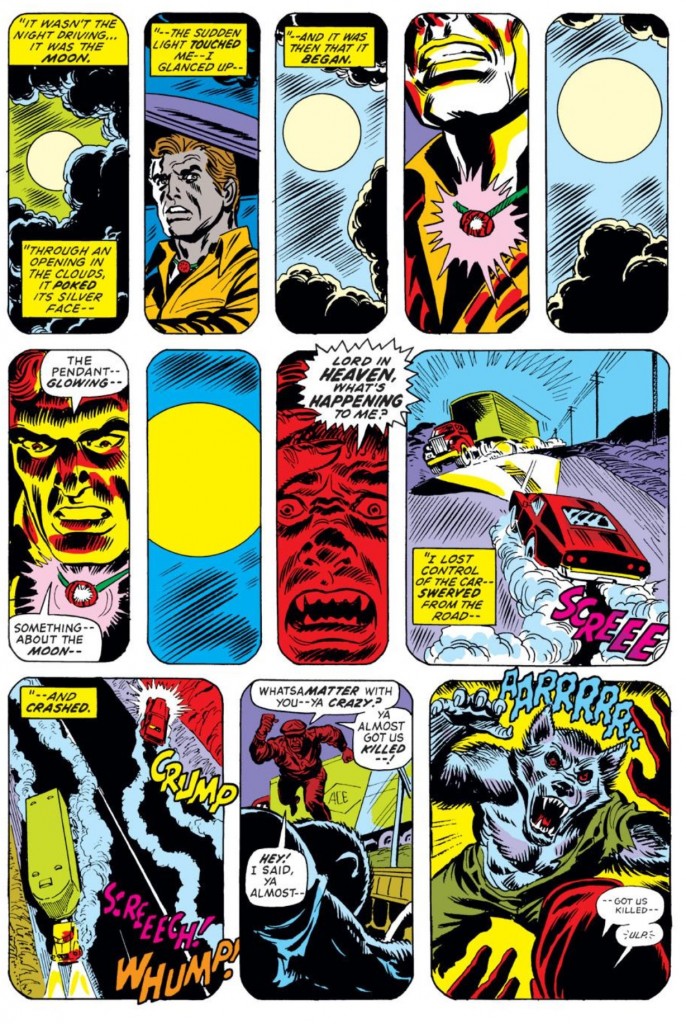
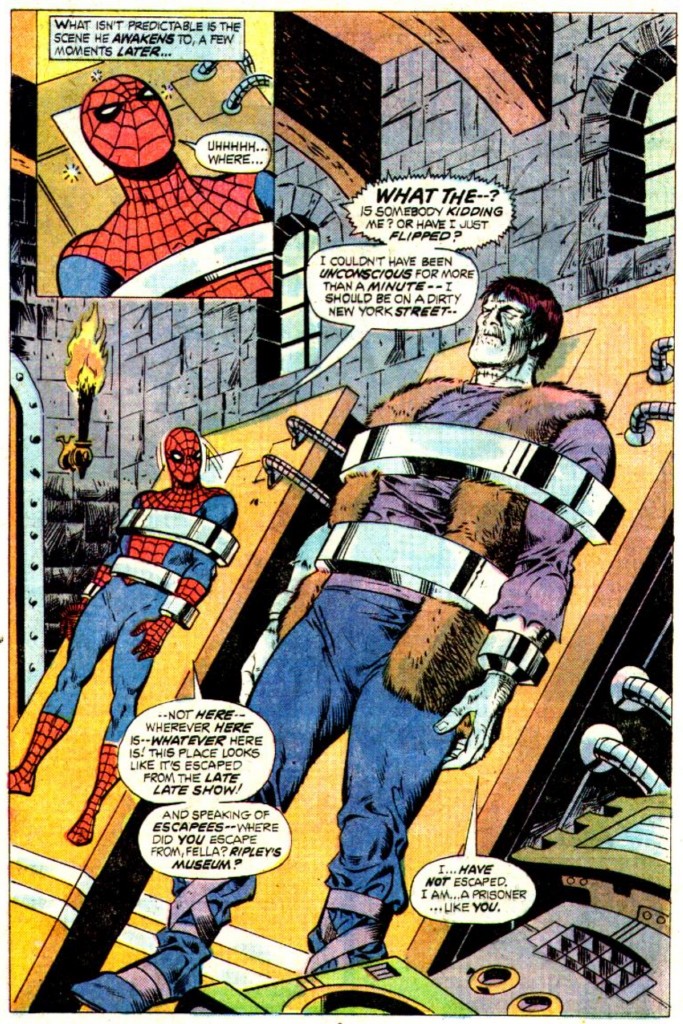
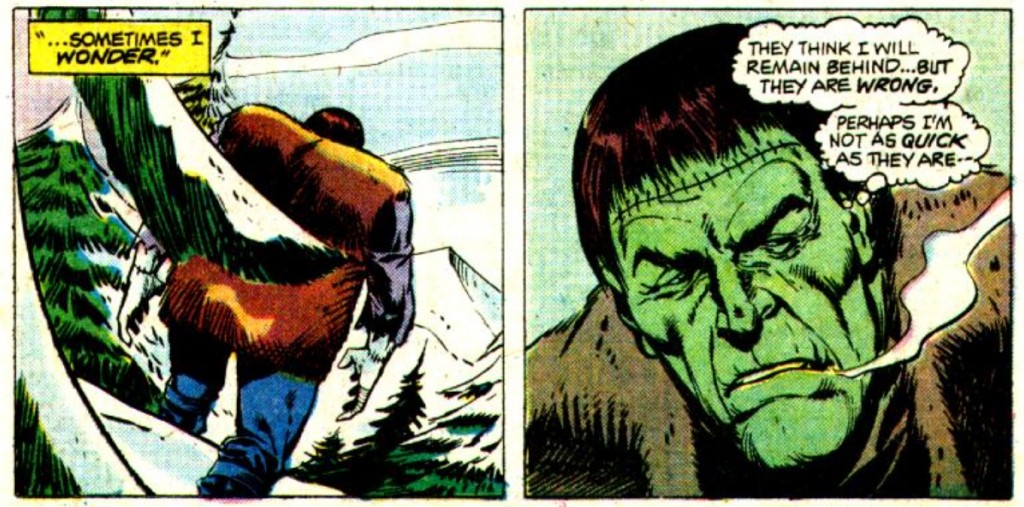

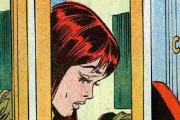
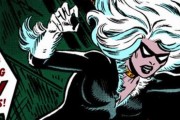

Big fan of this site and I actually have a pretty extensive ASM collection myself. ASM #124 was the first issue I ever had as a kid — actually it was a comic/record set that I believe condensed the stoy from #124-125 into one book. Anyway, I clearly remember that issue more fondly, and I do enjoy Halloween and being scared, so these particular issues are among my favorites. But to each his own. At least we agree that the title character is well worth following 🙂
Thanks for reading and commenting! It’s always good to hear from new people, especially those who think different about comics than I do, because as you note, we all agree that we love Spider-Man! I also can totally identify with having an affection for your first story!
I was a teenager in the 80s and really enjoyed your Hobgoblin storyline recaps as well. He’s still my favorite villain…I recognize that he’s not quite on the level of a few other bad guys out there, it’s just a place he holds in my heart more due to my own fond memories. #238 came out at Christmas time and if I wasn’t totally hooked on Spidey beforehand, that issue sealed the deal.
I am a big fan of Spider-man and i really love this blog. Thanks for sharing this….